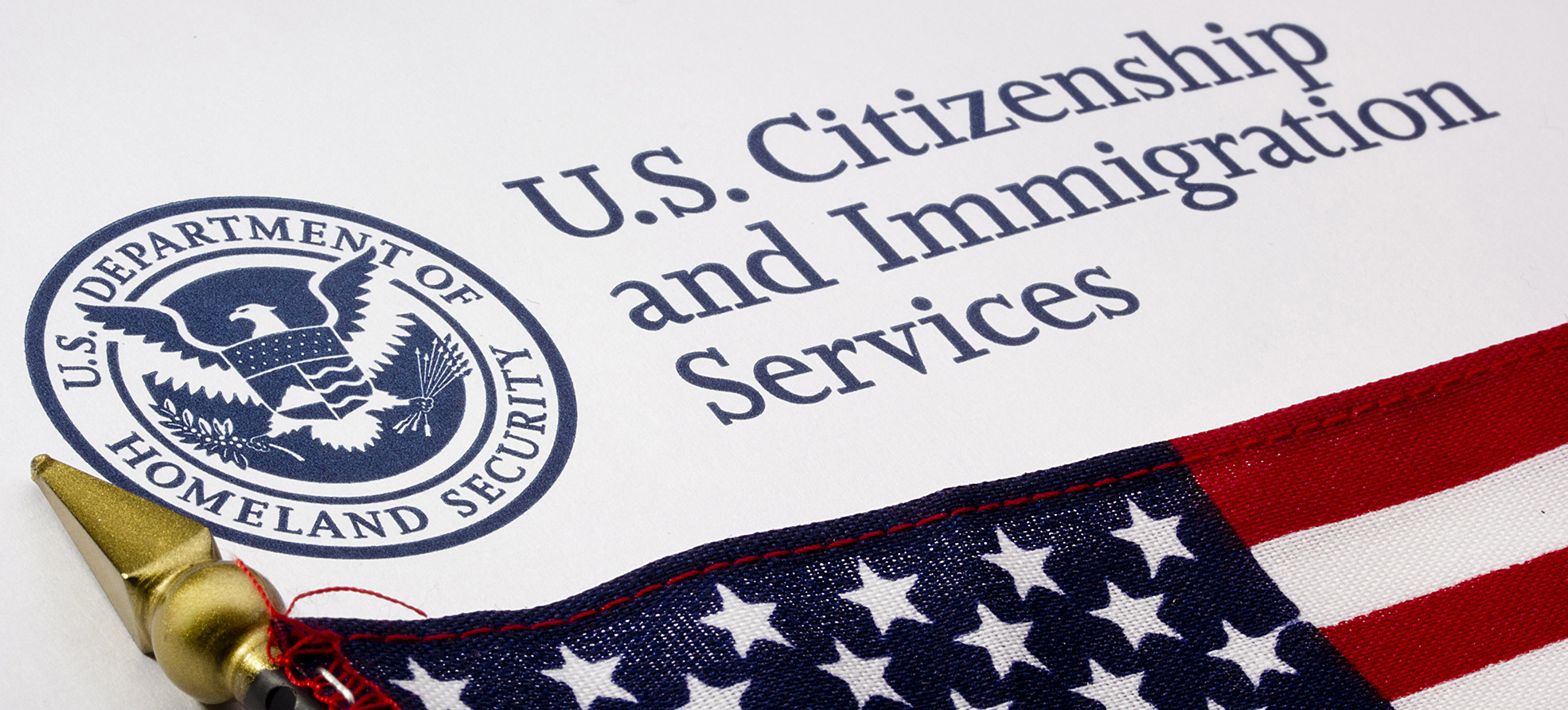
Earlier this year, The New York Times reported that “[o]ne of the strongest predictors of Trump support is the proportion of the population that is native-born. Relatively few people in the places where Trump is strong are immigrants — and, as their answers on their ancestry reveal, they very much wear Americanness on their sleeve.” In other words, those opposing immigration the most live in areas with very few immigrants (similar to Brexit voters). A new Gallup study supports these findings. The Washington Post reports, “According to this new analysis, those who view Trump favorably have not been disproportionately affected by foreign trade or immigration, compared with people with unfavorable views of the Republican presidential nominee. The results suggest that his supporters, on average, do not have lower incomes than other Americans, nor are they more likely to be unemployed.” However, while
Trump voters tend to be the most skeptical about immigration, they are also the least likely to actually encounter an immigrant in their neighborhood.
Rothwell finds that people who live in places with many Hispanic residents or places close to the Mexican border, tend not to favor Trump — relative to otherwise similar Americans and to otherwise similar white Republicans.
Among those who are similar in terms of income, education and other factors, those who view Trump favorably are more likely to be found in white enclaves — racially isolated Zip codes where the amount of diversity is lower than in surrounding areas.
These places have not been affected much by immigration, and Rothwell believes that is no coincidence. He argues that when people have more personal experience of people from other countries, they develop friendlier attitudes toward immigrants.
All this makes yesterday’s outstanding article in The Washington Post all the more important. “For many economists,” the author writes, “it’s the simplest and most effective way to make the world richer and reduce poverty. For those in government, it’s a political landmine.” She goes on to present the case in favor of loosening immigration restrictions:
Some economists have suggested that allowing people to work where their labor is most highly valued — something that is hardly realistic, given the political environment in the developed world— could double the size of the global economy. More than a dozen studies reviewed by economist Michael Clemens, a senior fellow at the pro-immigration Center for Global Development, suggested that eliminating barriers to global mobility would increase world gross domestic product by between 67 and 147 percent.
Clemens says the benefits are huge even for a more modest loosening of restrictions on immigration. His research suggests that allowing just 5 percent of the people now living in poor countries to work temporarily or permanently in richer countries would add trillions of dollars to the global economy. The economic gains would be greater than those from dismantling every remaining barrier to trade and investment around the world.
While some critics like Harvard’s George Borjas reject this kind of optimism, the evidence leans in favor of those pushing for fewer restrictions:
First, the same worker can create more economic value in some places than in others, because of differences in factors that affect the productivity of businesses, such as natural resources, infrastructure, technologies and laws…Differences in productivity are reflected in the vastly different wages people can earn for similar types of work across the world. According to estimates by Clemens, Claudio Montenegro and Lant Pritchett, who examined a data set of more than 2 million workers, the average Peruvian can make 2.6 times as much in the United States as in Peru, while a Haitian can make seven times more.
Second, many economists say that an influx of immigrants can expand an economy, potentially even raising wages for the native born…An expansive study released by the National Academies of Sciences in September found that immigration has mostly helped the U.S. economy in recent decades and had little effect on the wages or employment of native-born Americans. According to the study, the main group negatively affected by newly arriving immigrants was actually earlier waves of immigrants with similar language skills. To a lesser extent, new immigrants also competed for work with the lowest-skilled Americans, such as high-school dropouts. But in general, immigration left the native population slightly better off.
The article concludes:
While Clemens says he is troubled by the idea of discriminating against people based on where they are born, he doesn’t advocate “openborders,”[ref]See his and Lant Prichett’s newest publication “The New Economic Case for Migration Restrictions: An Assessment.” While empirical evidence may not back complete open borders, it does support the relaxing of current restrictions.[/ref] a term that is often used as a synonym for anarchy — no background checks, no deportation and no restrictions on immigration. In reality, few politicians are advocating even moderately higher levels of immigration, and the world won’t see anything like open borders anytime soon. But he says people still should recognize the substantial trade-offs of the current system.
Clemens draws an analogy with the rights of women. In the United States, laws prevented women from owning property, inheriting wealth and entering many professions until the late 1800s. Although some male workers may have suffered from the entry of women into the workforce during the 20th century, no one would deny that it has provided enormous benefits to the country and the economy. Yet restrictions on women had still persisted for millennia.
To borrow the title from Lant Prichett’s book:[ref]Prichett’s book was really influential in changing my views of immigration.[/ref] let their people come.